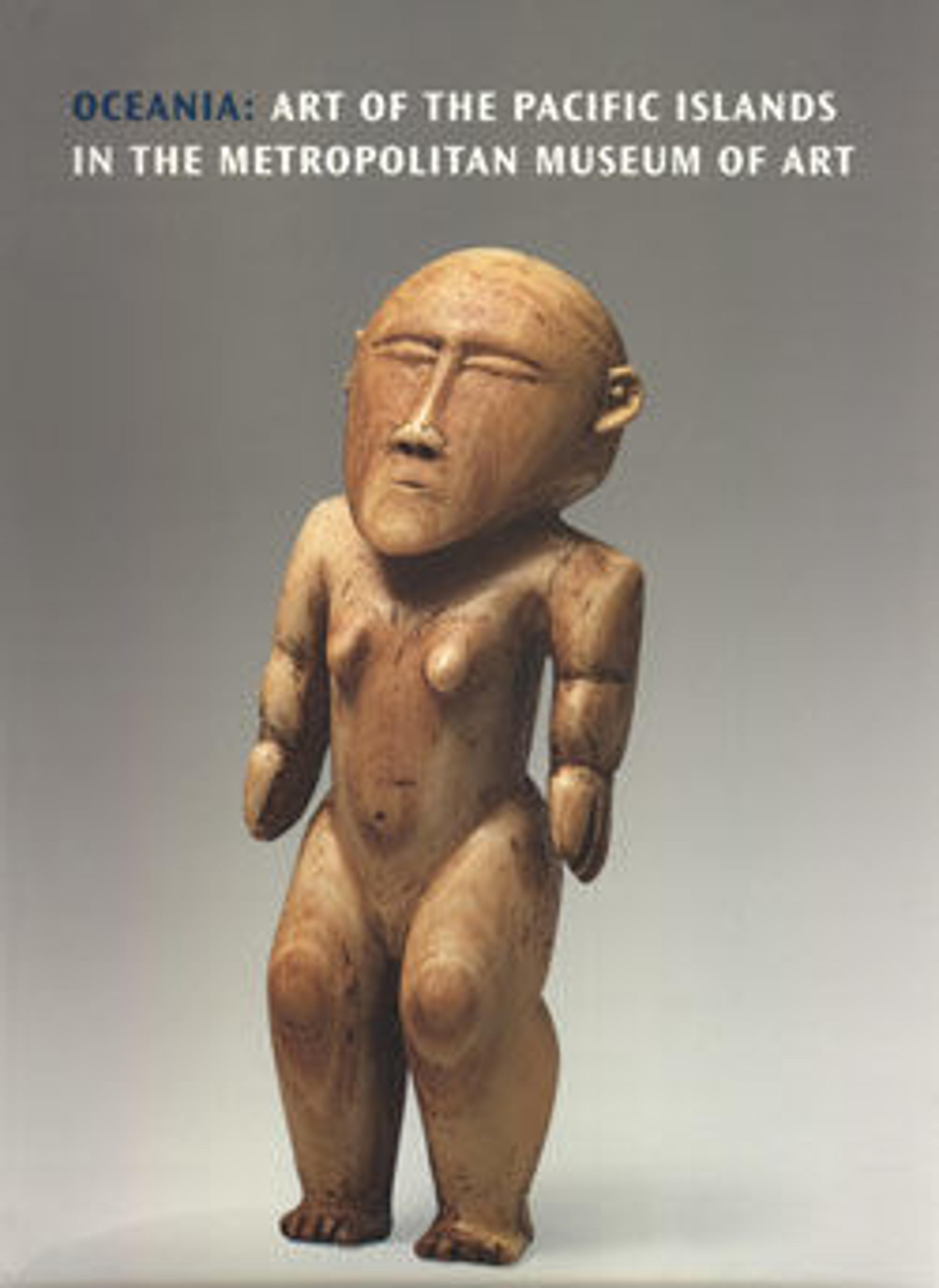Hand club (Mere pounamu)
One of the principal weapons of M¯aori warriors was the patu, a teardrop-shaped hand club used to strike a thrusting or slicing blow to an enemy. When not in use, patu were often worn suspended from the wrist by a fiber loop or thrust into a belt as symbols of martial prowess. The most prized examples, called mere pounamu, were made from greenstone (pounamu), a type of jade. Laboriously ground and polished, mere pounamu were created for the chiefly elite and passed down within families as heirlooms.
Like other M¯aori objects, clubs often bore individual names and were prized as trophies in war. Mere pounamu were considered so prestigious and supernaturally powerful that some chiefs, captured in battle, reportedly handed the clubs to their enemies and requested to be slain with them rather than with ordinary weapons.
Like other M¯aori objects, clubs often bore individual names and were prized as trophies in war. Mere pounamu were considered so prestigious and supernaturally powerful that some chiefs, captured in battle, reportedly handed the clubs to their enemies and requested to be slain with them rather than with ordinary weapons.
Artwork Details
- Title: Hand club (Mere pounamu)
- Date: 19th century
- Geography: New Zealand
- Culture: Maori people
- Medium: Greenstone
- Dimensions: H. 13/16 × W. 4 1/4 × D. 14 5/8 in. (2.1 × 10.8 × 37.1 cm)
- Classification: Stone-Implements
- Credit Line: The Michael C. Rockefeller Memorial Collection, Bequest of Nelson A. Rockefeller, 1979
- Object Number: 1979.206.1459
- Curatorial Department: The Michael C. Rockefeller Wing
More Artwork
Research Resources
The Met provides unparalleled resources for research and welcomes an international community of students and scholars. The Met's Open Access API is where creators and researchers can connect to the The Met collection. Open Access data and public domain images are available for unrestricted commercial and noncommercial use without permission or fee.
To request images under copyright and other restrictions, please use this Image Request form.
Feedback
We continue to research and examine historical and cultural context for objects in The Met collection. If you have comments or questions about this object record, please complete and submit this form. The Museum looks forward to receiving your comments.
